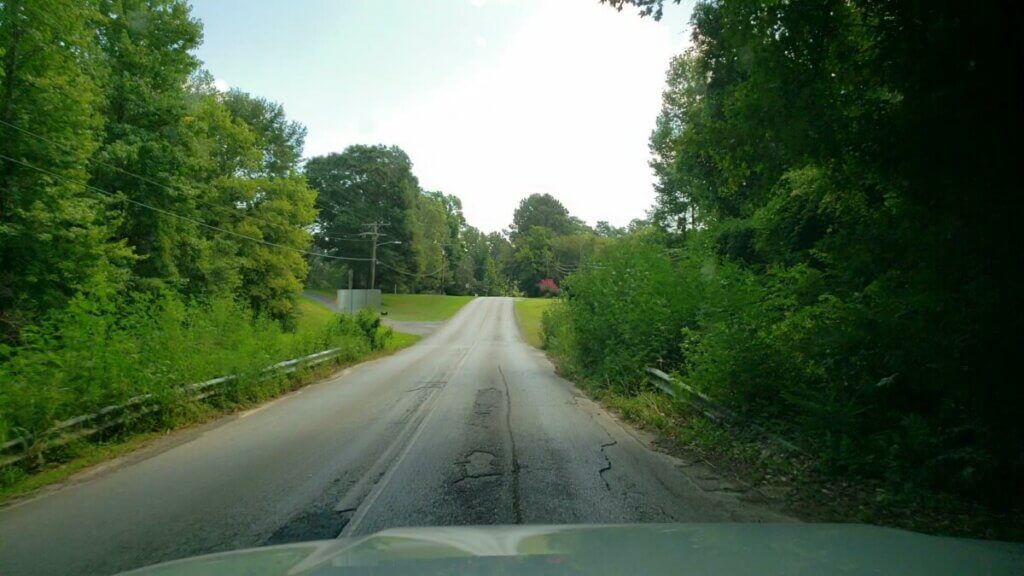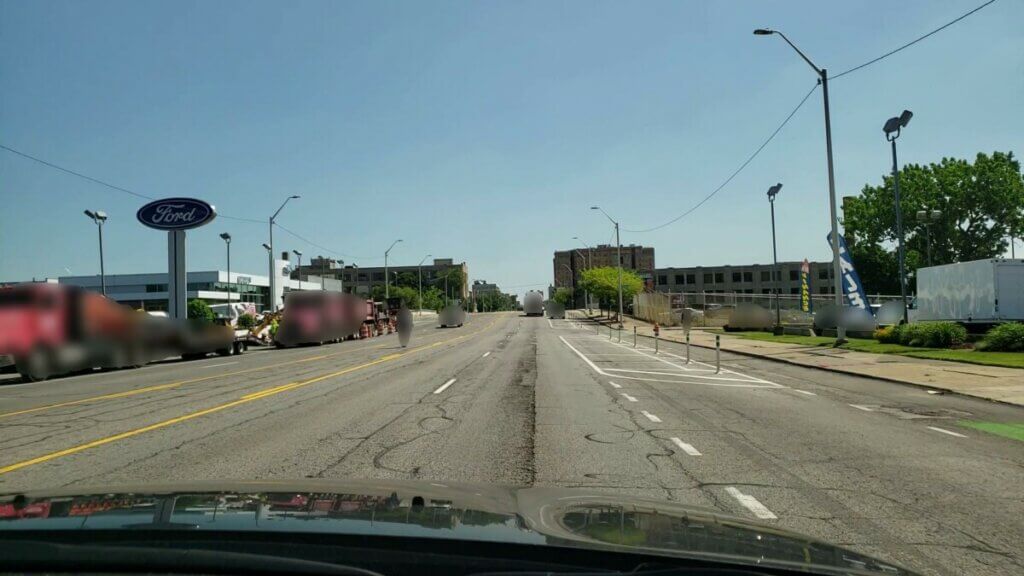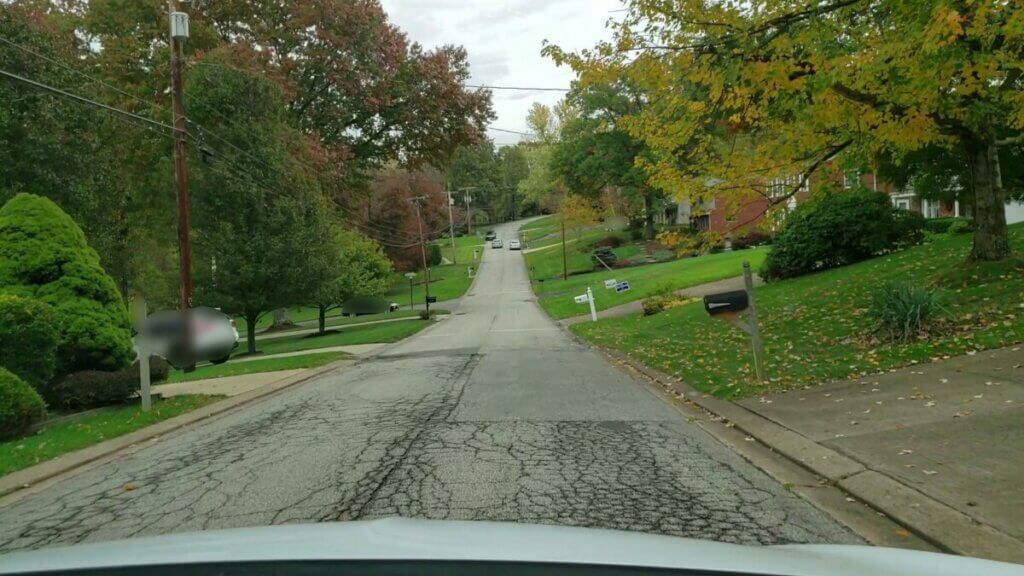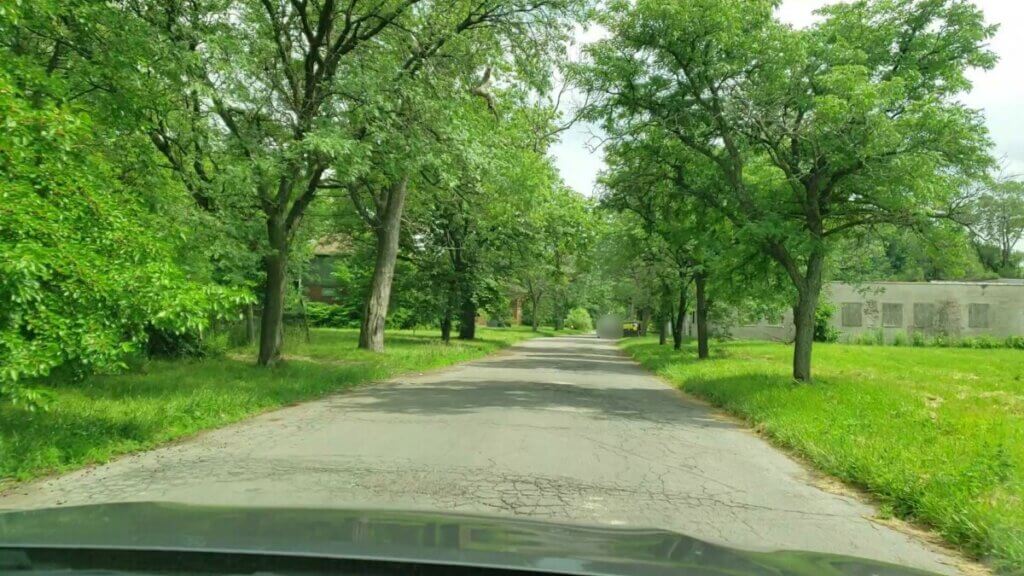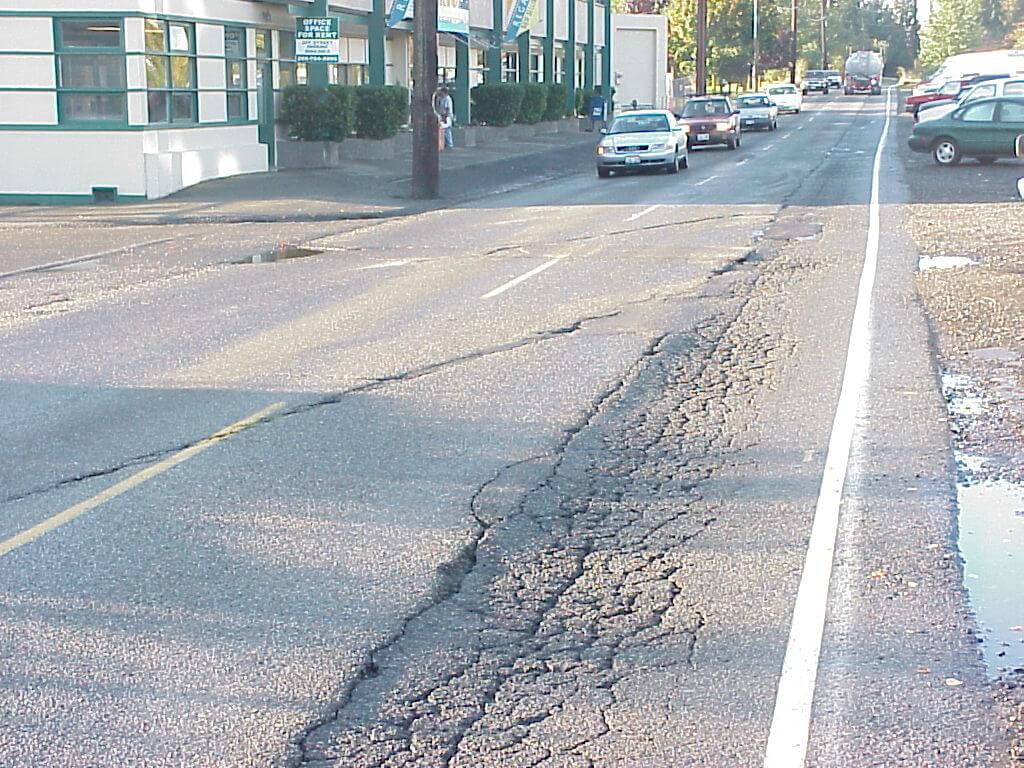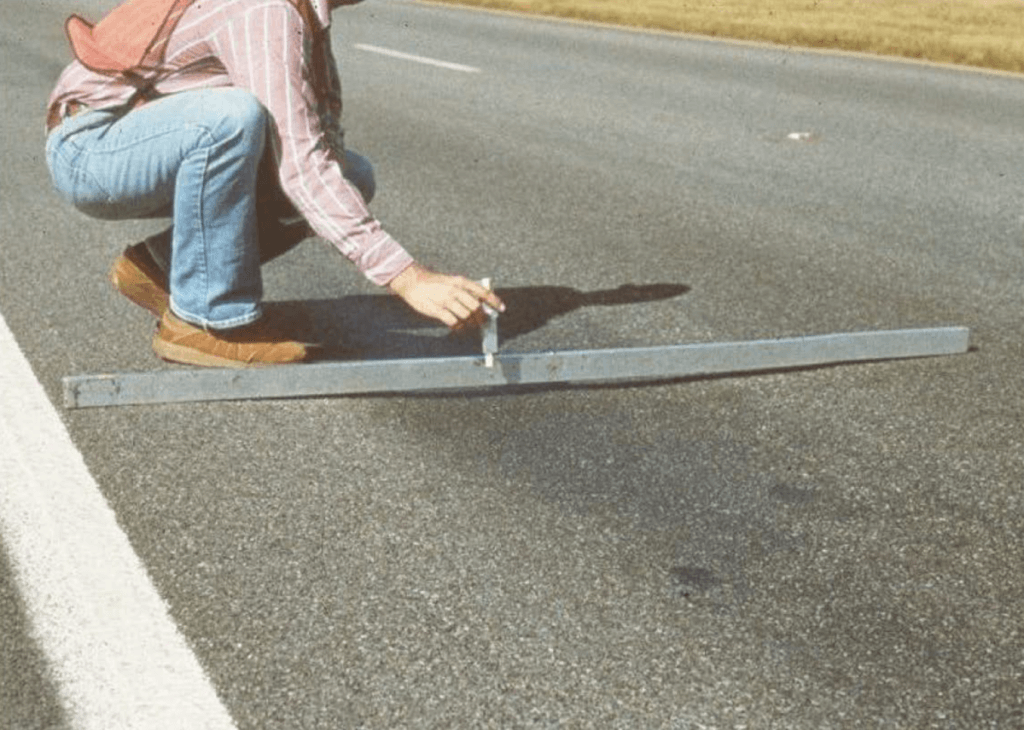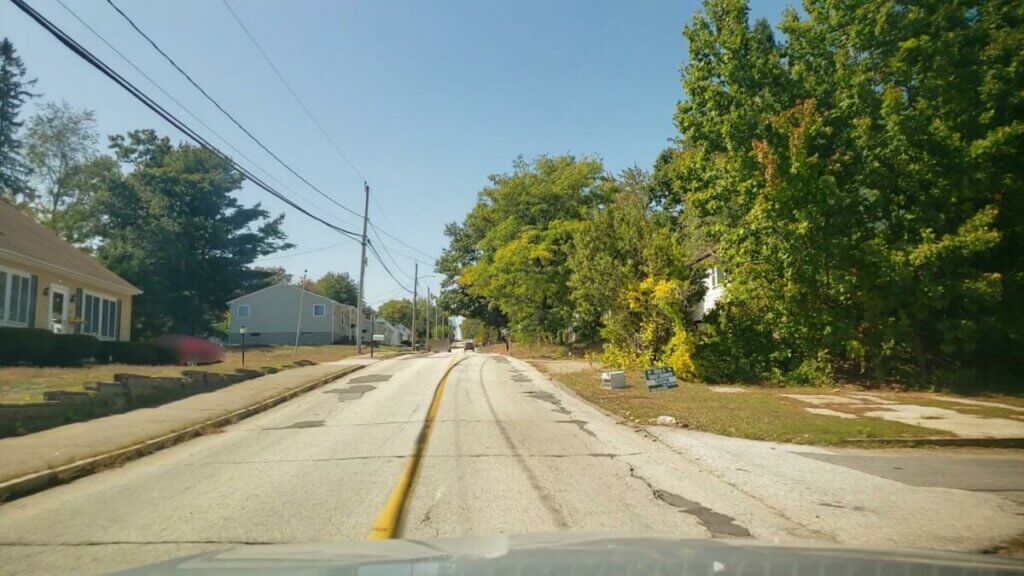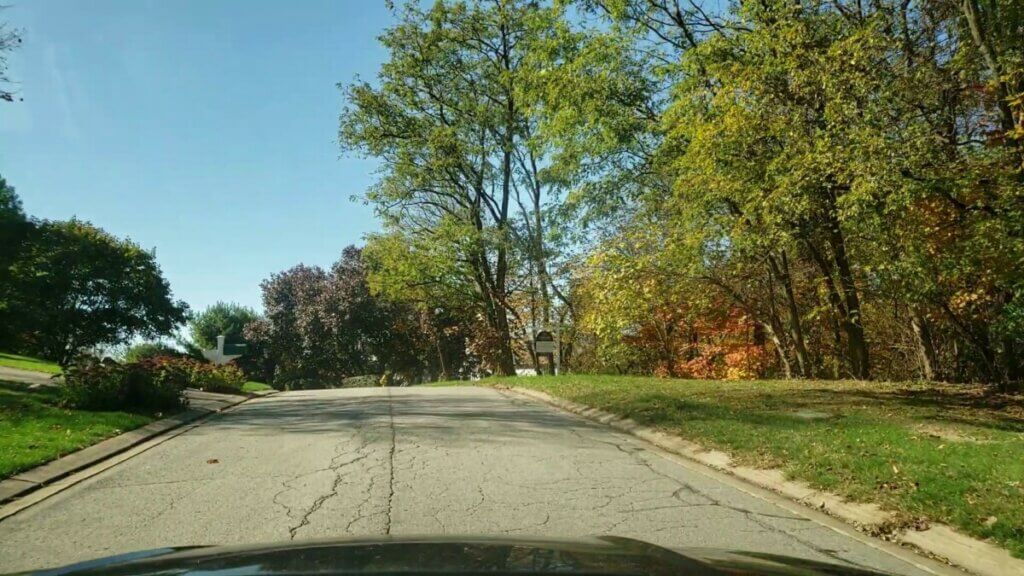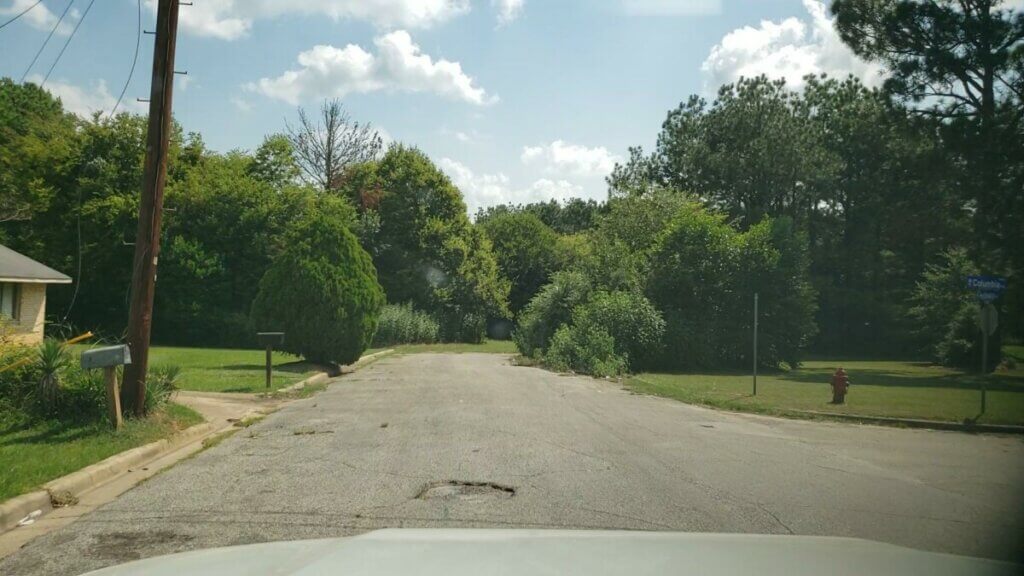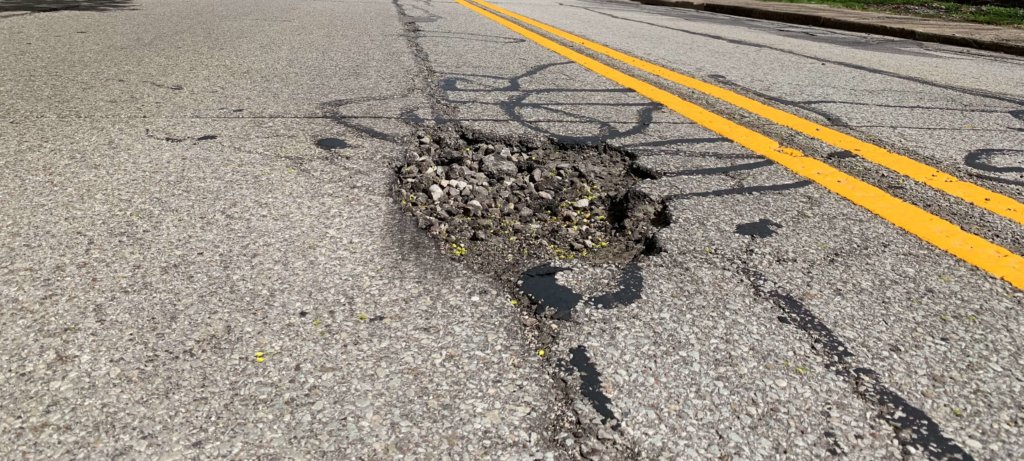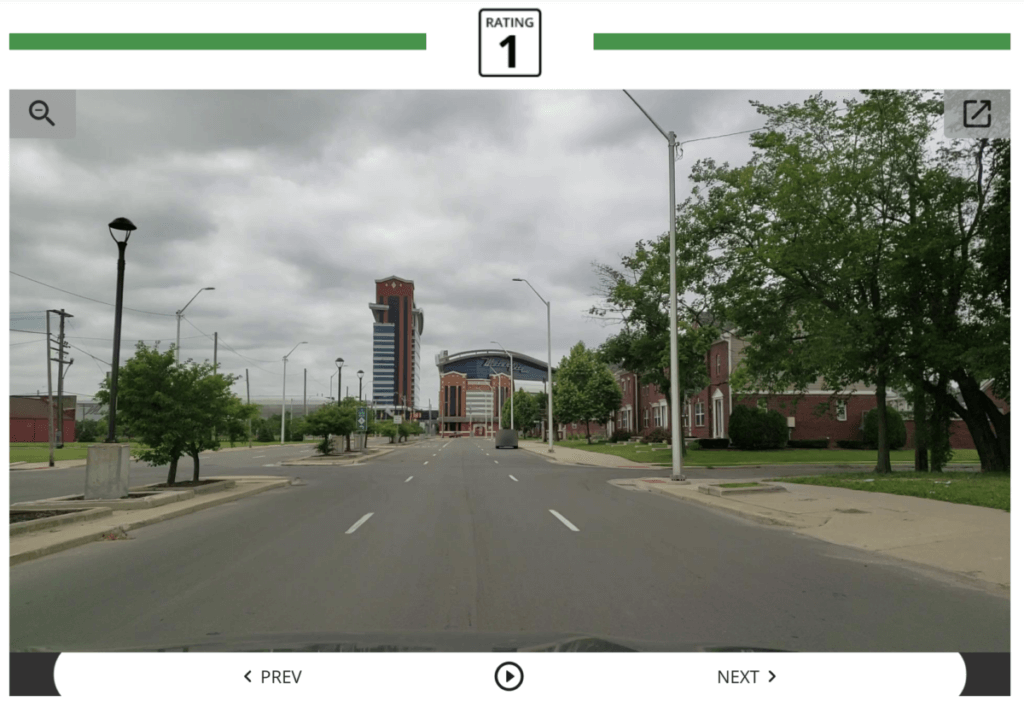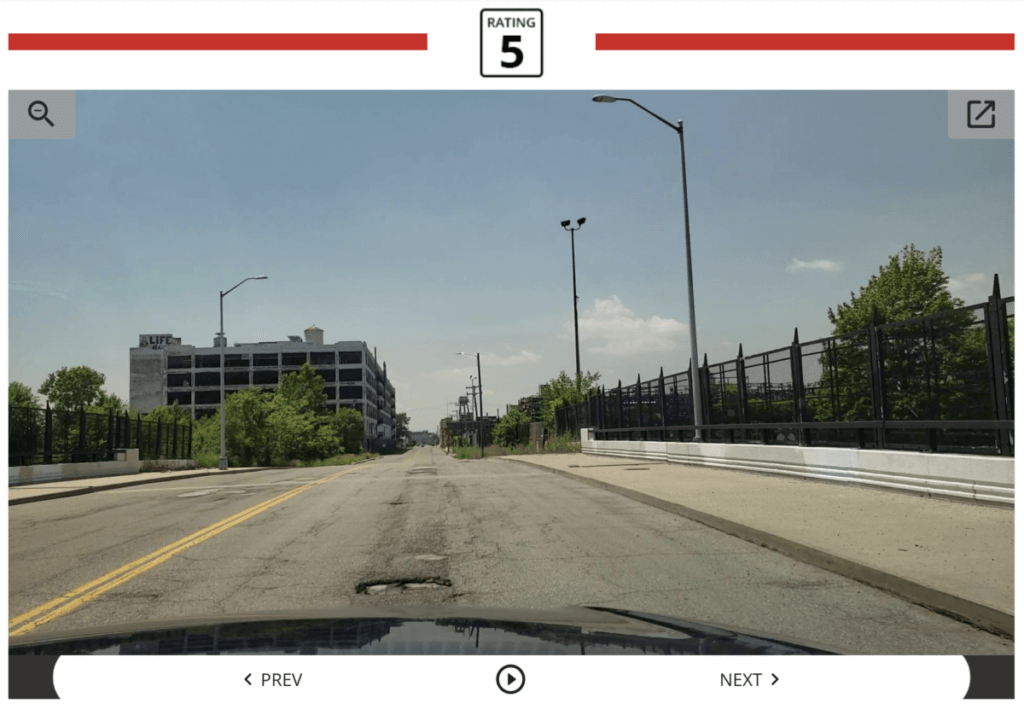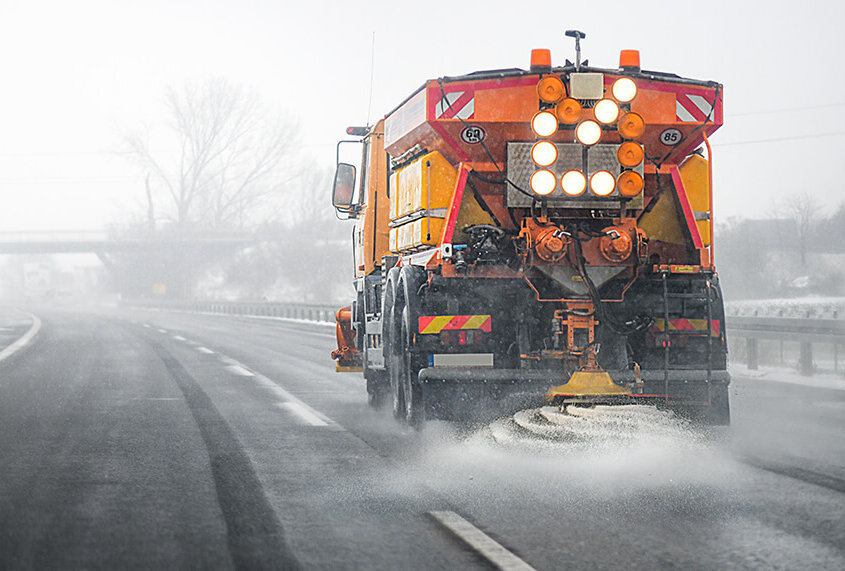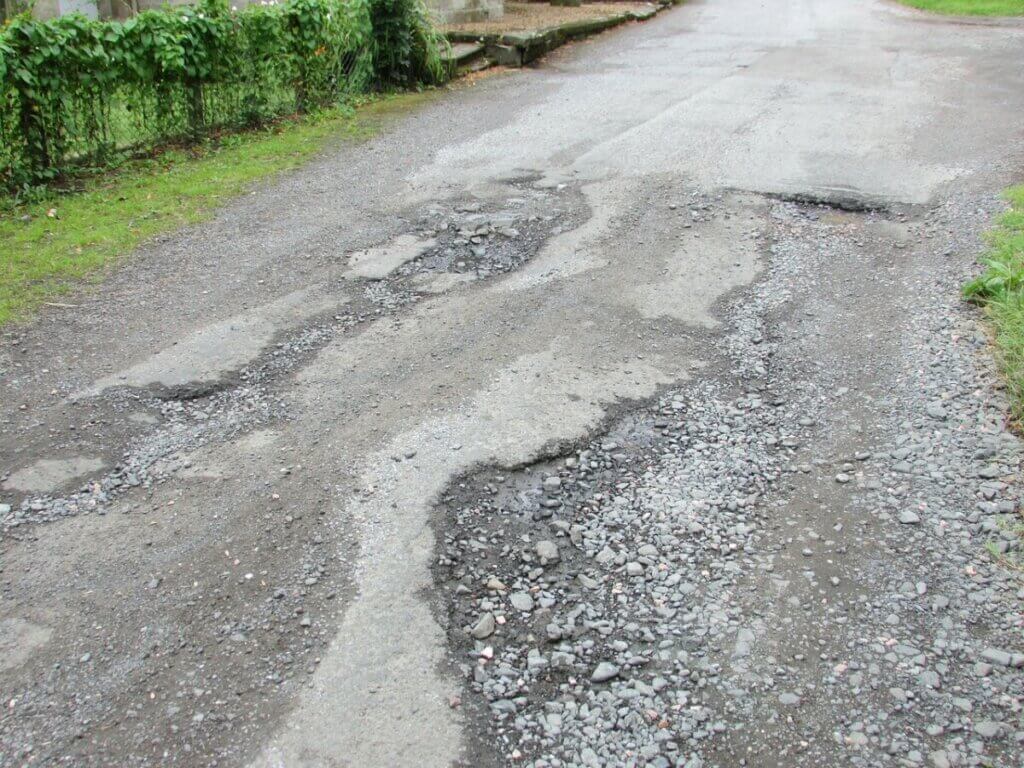When’s the last time you drove down a road you considered “bad”? Unfortunately, it may have been more recently than you’d like. Perhaps a bad road is part of your daily commute or your home happens to be located on one.
While it may seem like all “bad” roads are created equal, each is made up of a variety of different distresses that can affect its lifespan.
What are some of the major road distresses and how do they impact road quality?
Road Distresses and Their Origins
According to the U.S. Department of Transportation, road distresses fall into five major categories: cracking, patching and potholes, surface deformation, surface defects, and miscellaneous distresses.
While the major categories consist of 15 distinct road distresses, the most easily identified include raveling, alligator cracking, rutting, transverse and longitudinal cracking, and potholes. Poor construction, excess moisture, and routine wear and tear are common reasons these distresses appear.
Raveling
Raveling is a surface defect that results when the aggregates that make up the top layer of road, like sand, crushed stone, and gravel, get dislodged. This can happen for several reasons, including high traffic volumes, low-quality mix, poor compaction, or high levels of dust or moisture when paving.
You can often hear a road suffering from raveling before it can actually be seen. It results in a lot of loose material covering the road and produces a distinct crunching and popping sound when your car drives over it.
Besides exposing the deeper layers of road to additional deterioration, raveling also reduces a road’s traction.
Alligator Cracking
Alligator cracking is a road distress made up of interconnected, sprawling cracks that look a lot like the skin of an alligator. These cracks can form when the road isn’t compacted well or it lacks adequate drainage. In addition, if the road has been exposed to overloading or has pre-existing damages like raveling, you can expect to see alligator cracking soon.
A road with alligator cracking is a ticking time bomb. While it may remain smooth to drive on, don’t be fooled into thinking this road is in good condition! Alligator cracking creates openings for more extreme distresses to take root.
As water seeps into deeper pavement layers, their strength degrades. Steady degradations in structural integrity will eventually turn into more intense distresses, like potholes.
A road with alligator cracking is a ticking time bomb. While it may remain smooth to drive on, don’t be fooled into thinking this road is in good condition! Alligator cracking creates openings for more extreme distresses to take root.
As water seeps into deeper pavement layers, their strength degrades. Steady degradations in structural integrity will eventually turn into more intense distresses, like potholes.
Rutting
Rutting is a surface deformation that happens when parallel deep depressions form in a road surface due to heavy loads. Ruts follow the same path as the wheels that create them and can make driving on the surface challenging.
A road with rutting can affect a driver’s ability to steer and navigate safely, especially in the rain. Water can pool within the rut and increase the severity of spray and the chance of hydroplaning.
Transverse and Longitudinal Cracking
Transverse and longitudinal cracking intersects a road horizontally or vertically. This distress category includes cracks like block cracking, reflective cracking, and slippage cracking.
Some factors that predispose a road to these cracks include cracks in deeper base layers, lane joints that were improperly paved, and roads that were exposed to oscillating temperature changes.
Like many other distresses we’ve covered, transverse and longitudinal cracks allow moisture to enter the road’s foundation and make it rougher for drivers to use.
Potholes
Potholes aren’t formed overnight…or are they? The primary source of pothole creation is the freeze-thaw cycle.
In colder climates, water seeps into existing cracks and expands when it freezes. This process causes damages to intensify quite rapidly.
Warmer regions aren’t immune to the effects of potholes, either. In these areas, potholes are more likely to result from general road degradation combined with a lack of preventative maintenance measures.
Roads with potholes present increased risks to drivers and pedestrians, as they can cause severe and sudden damage to anyone driving on them. So while some of the other distresses may go unnoticed for a time, potholes are more likely to draw serious attention.
A variety of distresses can affect your road network, and the solution to keeping them in check is preventative maintenance!
By ensuring preventative maintenance is part of the pavement management strategy, distresses can be addressed early and a road’s quality can be maintained for longer periods.
An easy way to establish a foundation for preventative maintenance is to conduct a road assessment. Opting for the most objective assessment will provide the most precise and actionable results.
Working with RoadBotics by Michelin ensures the data used for planning is as objective as possible. Road data is collected using a smartphone mounted on any vehicle’s windshield. Once complete, our proprietary machine-learning algorithm analyzes the data to generate road condition ratings for each 10-foot section.
The final assessment is displayed on an interactive online platform and gives an overarching view of where your roads are located and what condition they are in.
With this information, distresses can be patched, sealed, or paved before they start to impact road quality.

